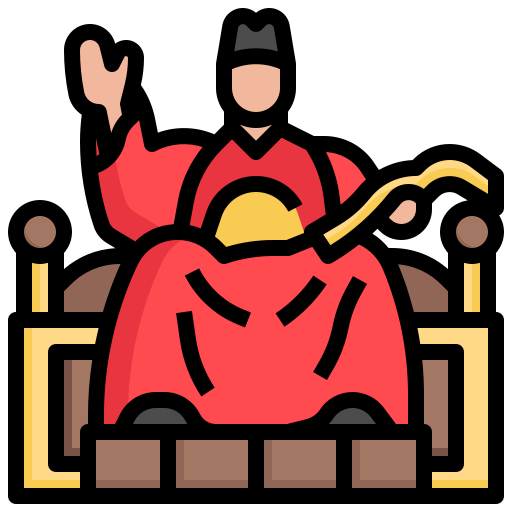 Survival Korean
Survival Korean
한글
Foundational Korean: Hangeul
Special | A | B | C | D | E | F | G | H | I | J | K | L | M | N | O | P | Q | R | S | T | U | V | W | X | Y | Z | ALL
I |
|---|
L |
|---|
Literacy
DefinitionLiteracy is the ability to read or write a given script (alphabet, syllabary, logographic characters, etc.). It is possible to be literate but be unable to speak and/or understand a language, or be illiterate but speak/understand a language. | |
Logograph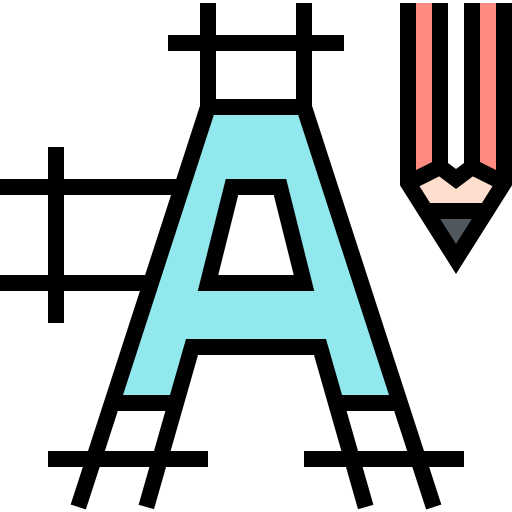
DefinitionIn a written language, a logogram or logograph is a written character that represents a word or morpheme. Chinese characters are logograms, as are many hieroglyphic and cuneiform characters. | |
M |
|---|
Middle Position
DefinitionThe middle position of a syllable in Hangeul. This is always a vowel symbol of some kind - for example, 한 or 안. These can be in both horizontal (e.g., 한) or vertical layouts (e.g., 돈). | |
Morpheme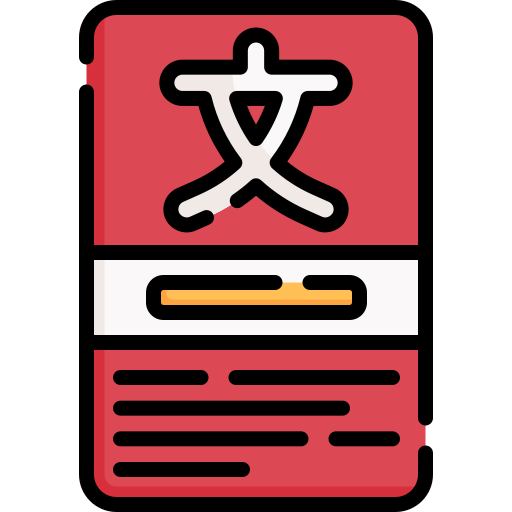
DefinitionA "morpheme" is a short segment of language that meets three basic criteria: 1. It is a word or a part of a word that has meaning. 2. It cannot be divided into smaller meaningful segments without changing its meaning or leaving a meaningless remainder. 3. It has relatively the same stable meaning in different verbal environments. Some morphemese can be used independently (called free morphemes) and others need to be used in combination with other ones (bound morphemes). For example, time (free morpheme) versus timely (the [ly] is the bound morpheme). | |
P |
|---|
Phoneme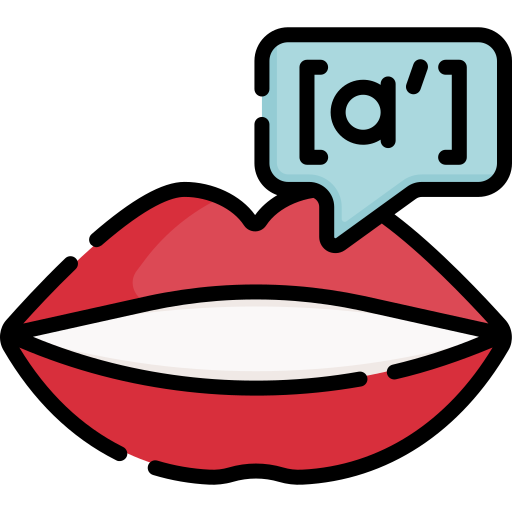
DefinitionA phoneme is a linguistic concept that means a sound that also has a meaning in a language. For example, [p] and [b] are articulated in the exact same way in the mouth - the only difference is whether or not the vocal chords are vibrating, resulting in a voiceless [p] or voiced [b] consonant. In English, however, these two sounds are recognized as being different and have an affect on meaning. For example, pat and bat. In Korean, these sounds are NOT recognized as being different in meaning although you will hear both sounds being made such as in the word 바보 [p]a[b]o (which means fool). This is actually a relatively common and simple voicing pattern in many languages, including Korean. This effect occurs with the English plural marker, -s. Non-native speakers more obviously hear [s] and [z] (such as cat[s] and dog[z]) whereas native speakers do not hear/interpret any difference. | |
S |
|---|
Script
DefinitionA script is a distinctive writing system, based on a collection of specific elements or symbols. Punctuation and other commonnly used symbols such as asterisk, questions marks, brackets, etc. are all components of a script. An alphabet refers only to the letters/graphemes in a script. | |
Socio-political Forces
DefinitionFactors with a significant social dimension tkat have either underlying social, economic, or political root causes, which also have consequences within the social, economic or political areas. For example, the prestige status of Chinese characters was a significant socio-politcal force acting against the adoption of Hangeul. | |
Syllabary
DefinitionA set of written characters representing syllables instead of a single phoneme. The Japanese writing systems of Hiragana and Katakana are prototypical examples of a syllabary. | |
Syllable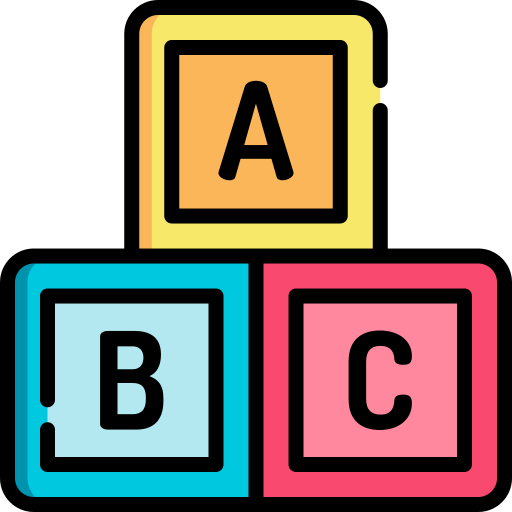
DefinitionA syllable is a phoneme unit that contains at least one consonant/vowel plus another consonant or vowel. For example, CV [pa], VC [ap], or CVC [tap]. These CV, VC, or CVC units often correspond to certain meanings that we categorize as morphemes. In Korean, we see these nicely organized syllable blocks everywhere that often follow this pattern - such as 한 (CVC)[韩 - Korea] 국 (CVC) [国 - country]. In English, you will see many Latin/Greek syllable morphemes such as doc (teach) in words like doctrine, document, docent, etc. Syllables and morphemes are the building blocks of making words. | |
